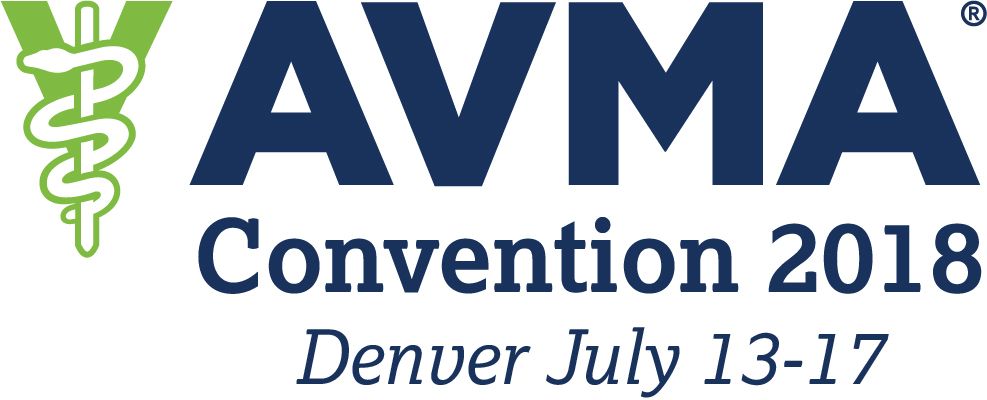AVMA 2018: Improving Communication Between GPs and Emergency Veterinarians
What do you get when you fill a room with general practitioners and emergency veterinarians? A better understanding of how to communicate with one another.

Late last year, a video showing a general practice veterinarian criticizing her local emergency hospital went viral. The overwhelming response to this video underscored the tensions that can exist between referring veterinarians and emergency clinicians, and inspired emergency veterinarian Emily Tincher, DVM, and general practitioner Maggie Canning, DVM, to bring the conversation into the open.
RELATED:
- Qualities of the Emergency and Critical Care Vet Tech
- How to Approach Emergency Cases in the Veterinary Setting
The relationship between referring veterinarians and emergency clinicians is often complicated, with mistakes made on both sides, but there is hope for better communication, according to Drs. Tincher and Canning. At the 2018 American Veterinary Medical Association Convention in Denver, Colorado, the pair led an open discussion between veterinarians on both sides of the referral process.
The General Practitioner’s View
Dr. Canning shared the common experience shared by general practitioners faced with a patient in need of more diagnostics and supervision than a daytime practice can provide. In these cases, when referral is the best option, the question becomes how much to do prior to referral.
Many general practitioners fear being judged by their counterparts in an emergency for a poor or incomplete workup and worry that diagnostics may be repeated unnecessarily. The general practitioners in attendance echoed these fears and shared that in anywhere from 30% to 80% of cases they are made to feel inferior or incompetent by the emergency clinicians to whom they refer patients.
The Emergency Clinician’s View
Dr. Tincher suggested that referring veterinarians call and speak directly with a doctor at the emergency hospital to improve communication. She is happy to speak with referring veterinarians to learn more about incoming cases, and the emergency veterinarians in the audience echoed this sentiment. Their intention, she said, is not to cast judgment on the general practitioner’s handling of the case but to gain information. Most phone calls last less than 2 minutes, she said, but that time is essential in communicating critical information such as patient status, expectations, and important information about the client’s emotional state, financial ability, or current mindset.
This conversation also allows the emergency clinician the opportunity to provide an estimate that can be communicated to the client prior to referral. Dr. Tincher often finds that clients come to her clinic with no understanding of the costs associated with diagnostics and treatment or unreasonable expectations of how quickly they will be seen or when advanced diagnostics will be available. She asks general practitioners to help manage client expectations prior to their visit.
A Two-way Street
Ultimately, said the presenters, referral cases are a 2-way street with room for improvement on both sides. As veterinarians, we must remember that the patient and client are the priority. Drs. Tincher and Canning advised veterinarians to “complement, not compete” with each other and hope the conversation between both sides will continue.
Dr. Boatright, a 2013 graduate of the University of Pennsylvania School of Veterinary Medicine, works as a general practitioner and emergency veterinarian in western Pennsylvania. She is active in her state and local veterinary medical associations and is a former national officer of the Veterinary Business Management Association.